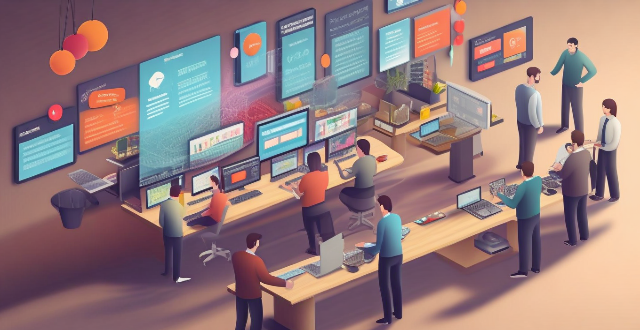When selecting a restaurant management system, look for features like automated inventory tracking, user-friendly POS with touchscreen interface and table management, employee management tools including schedule planning and performance tracking, customer relationship management with data collection and loyalty programs, comprehensive reporting & analytics for informed decision-making, integration capabilities with third-party delivery services and accounting software, and customizability & scalability to accommodate growth and changing needs.

Features to Look for in a Restaurant Management System
1. Inventory Management
- *Automated Inventory Tracking:* The system should automatically track inventory levels, alerting you when items are running low or have expired.
- *Recipe Costing:* It should allow you to calculate the cost of each dish based on its ingredients.
- *Batch Tracking:* This feature helps trace ingredients back to their source in case of any quality issues.
- *Purchase Order Generation:* Automated purchase orders can be generated based on inventory levels and usage trends.
2. Point of Sale (POS)
- *Touchscreen Interface:* A user-friendly touchscreen interface speeds up order taking and reduces errors.
- *Split Checks & Comps:* The ability to split checks, handle comps, and manage multiple payment types is crucial.
- *Table Management:* The system should enable table layout customization, reservations management, and table-side ordering.
- *Customer Facing Display:* Displaying orders on a customer-facing screen enhances transparency and customer satisfaction.
3. Employee Management
- *Schedule Planning:* Efficiently schedule staff based on projected sales and employee availability.
- *Labor Cost Tracking:* Monitor labor costs in real-time to maintain profitability.
- *Performance Tracking:* Track employee performance metrics like sales data and customer feedback.
- *Permission Levels:* Set different access levels for various roles within the restaurant.
4. Customer Relationship Management (CRM)
- *Customer Data Collection:* Collect customer data to personalize experiences and marketing efforts.
- *Loyalty Programs:* Integrate loyalty programs to reward repeat customers and increase retention.
- *Feedback Collection:* Automatically collect feedback through digital surveys or kiosks after meals.
- *Marketing Integration:* Seamlessly integrate with email marketing platforms for promotions and newsletters.
5. Reporting & Analytics
- *Sales Reports:* Access detailed sales reports by item, category, or time period for informed decision-making.
- *Inventory Analytics:* Analyze inventory data to optimize stock levels and reduce waste.
- *Labor Reports:* Generate labor reports to understand staffing needs and control labor costs.
- *Trend Analysis:* Identify trends in sales, popular dishes, and customer preferences to guide business strategies.
6. Integration Capabilities
- *Third-Party Delivery Services:* Integrate with services like Uber Eats, Grubhub, or DoorDash for seamless online ordering.
- *E-commerce Platforms:* Connect with e-commerce solutions for online ordering directly from your website.
- *Accounting Software:* Sync financial data with accounting software like QuickBooks for streamlined bookkeeping.
- *Payment Processing:* Integrate with multiple payment gateways for secure and efficient transactions.
7. Customizability & Scalability
- *Menu Customization:* Easily update menus with seasonal changes, specials, or price adjustments.
- *Hardware Scalability:* Ensure the system can scale with additional hardware as your business grows.
- *Location Management:* If you have multiple locations, choose a system that can manage all sites centrally.
- *Custom Reports:* Create custom reports tailored to your specific analysis needs.
By considering these features, you can select a restaurant management system that will not only streamline operations but also provide valuable insights into your business's performance.